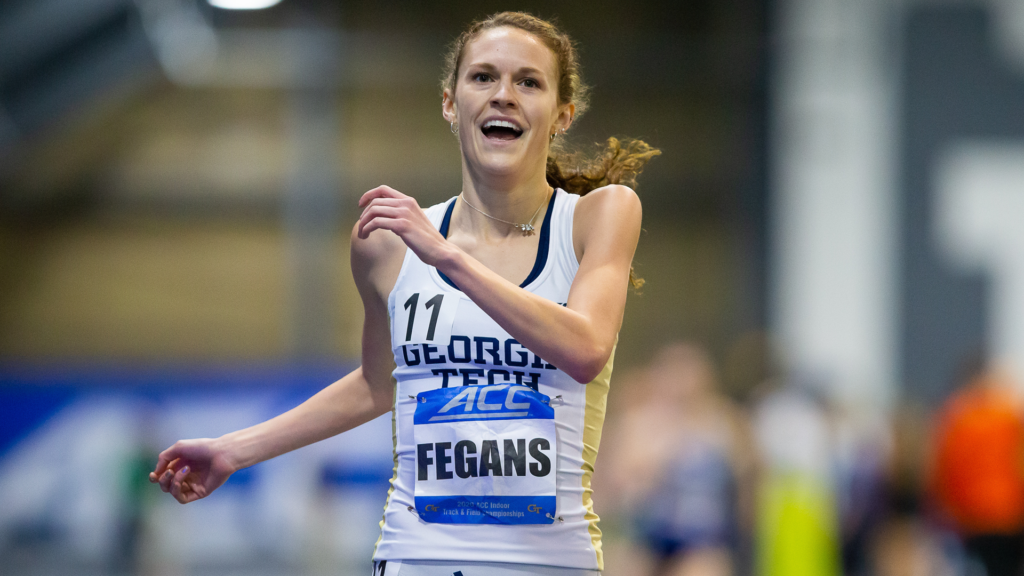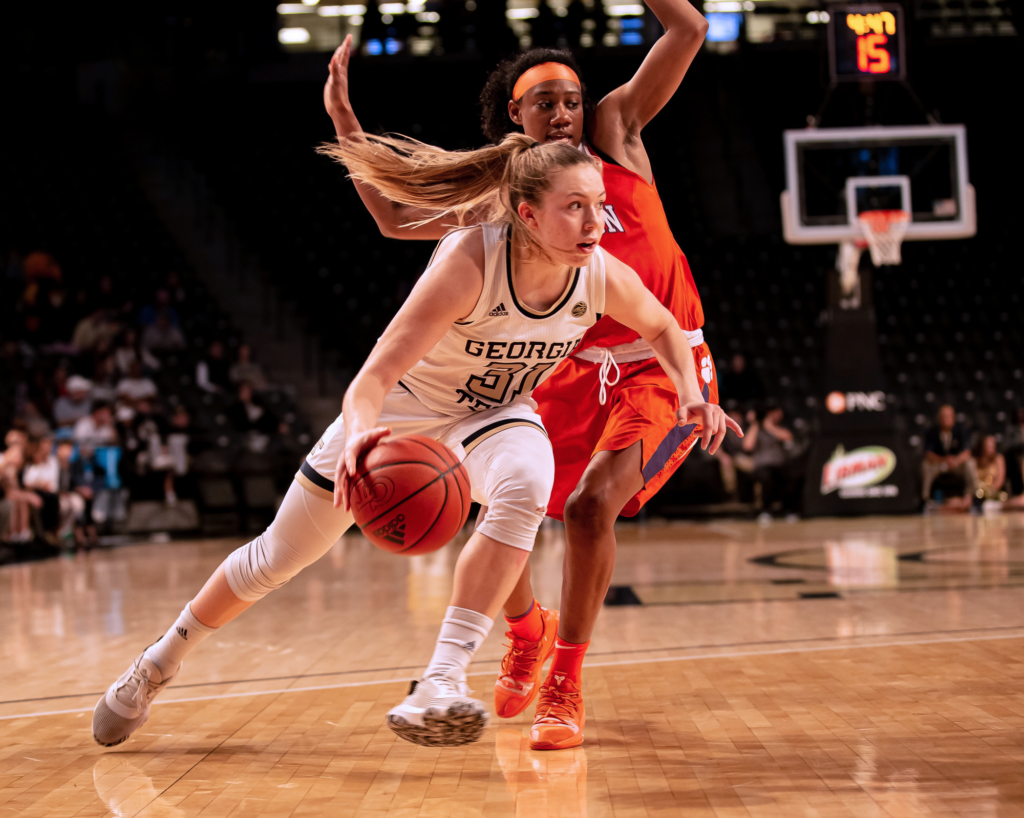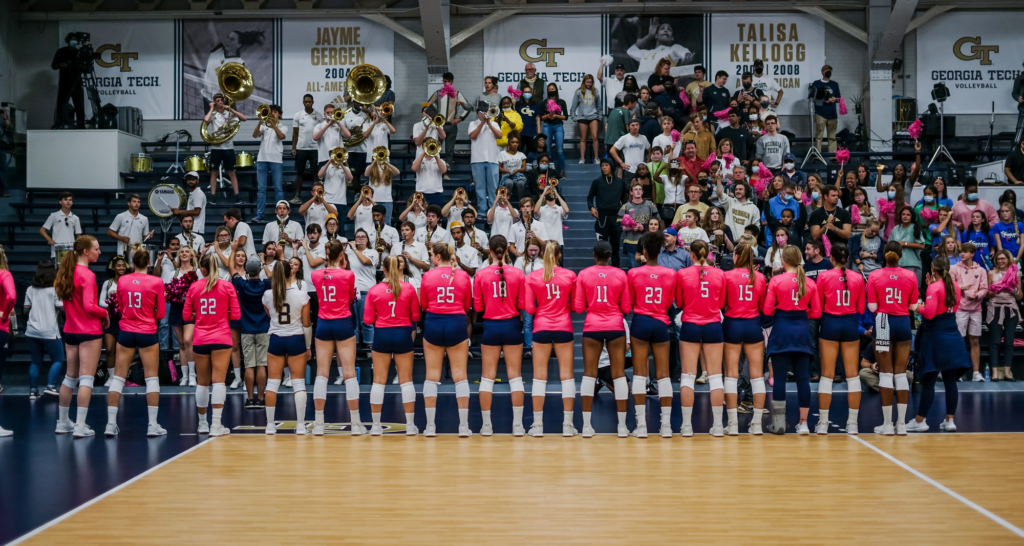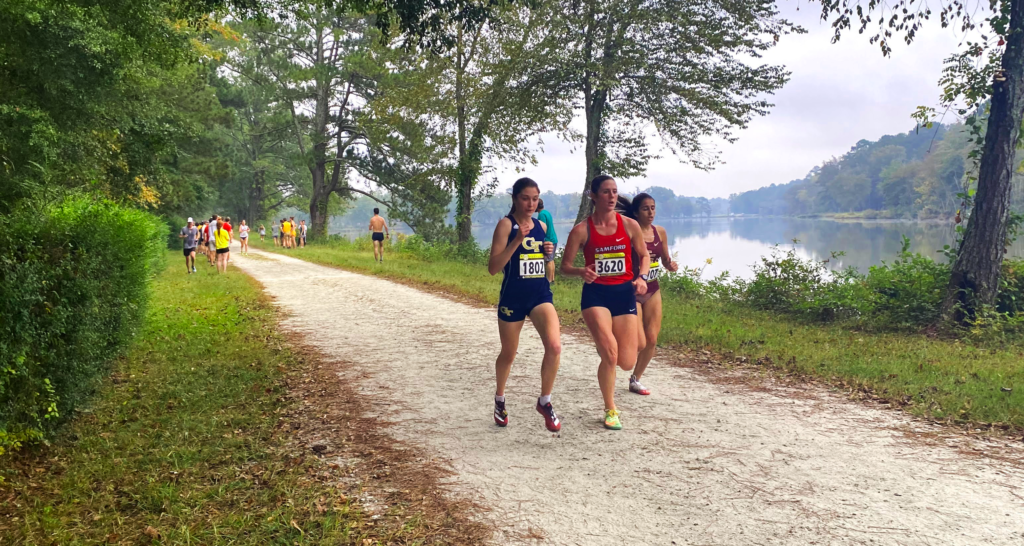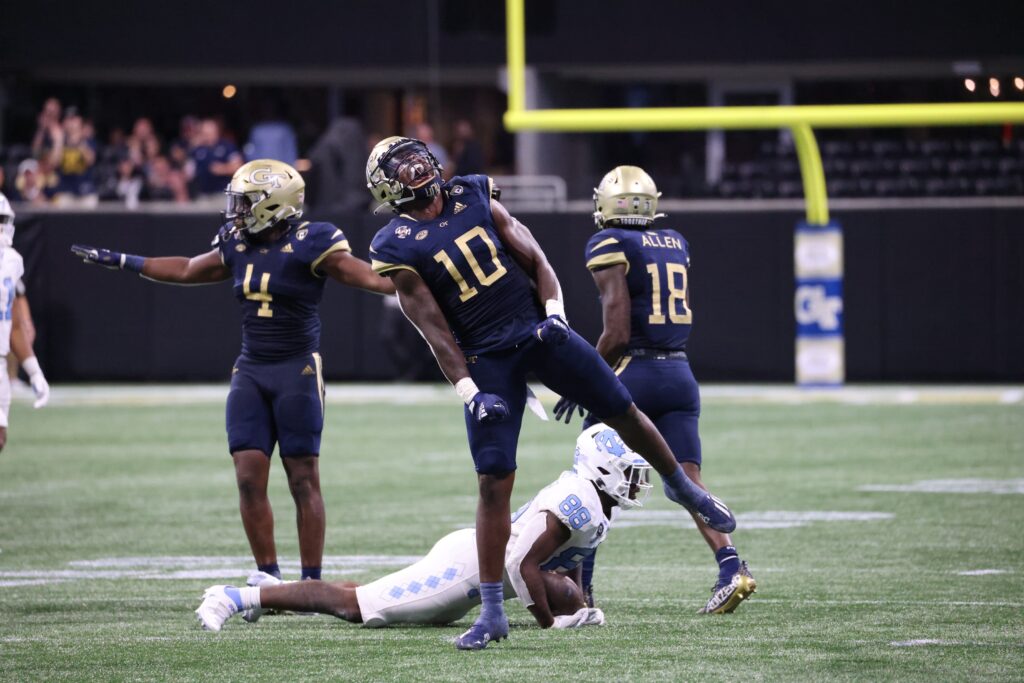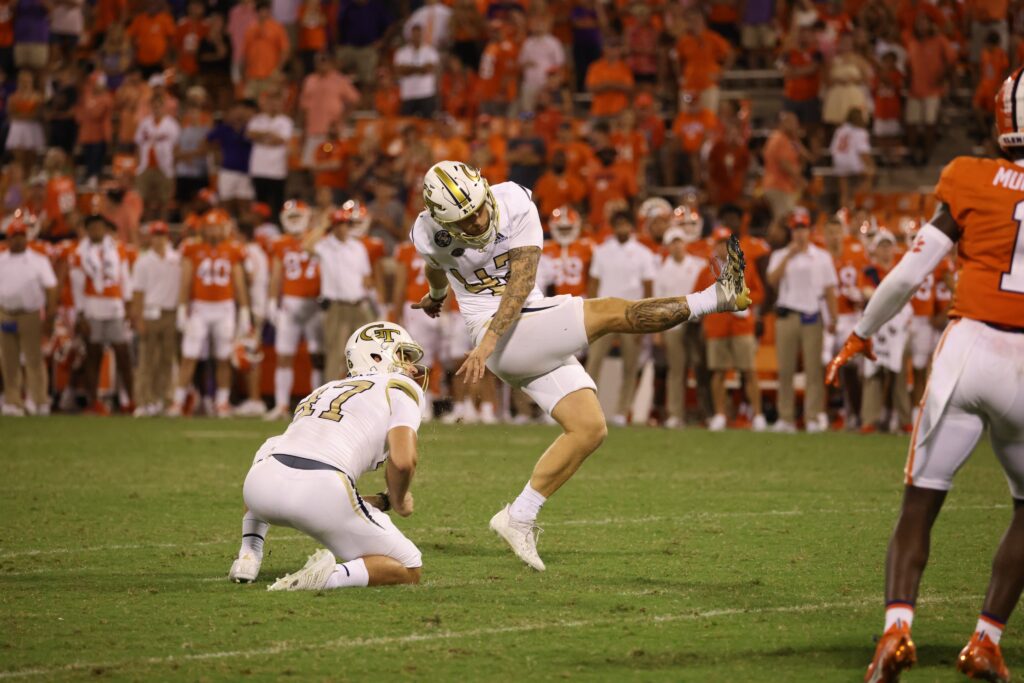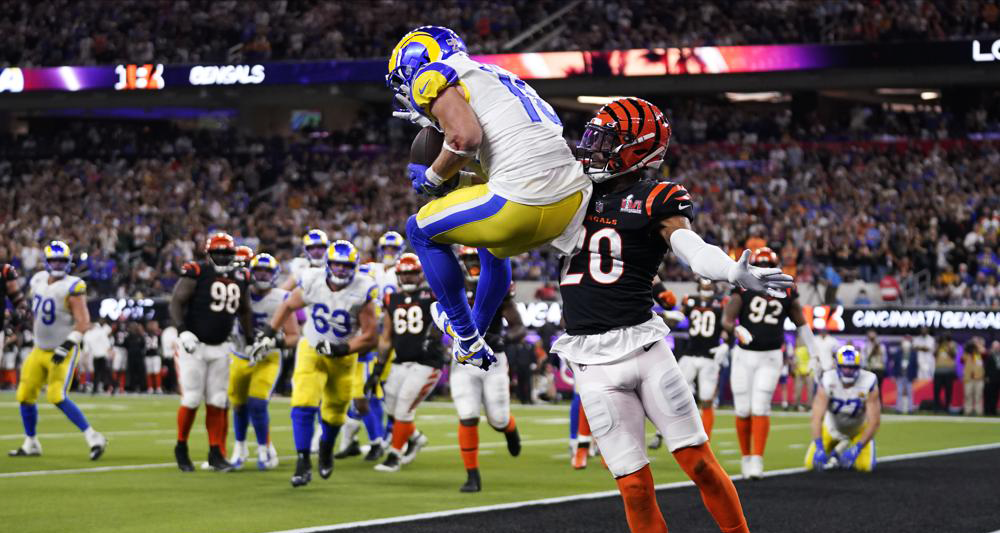
Super Bowl LVI gave fans a close, back and forth affair on Feb. 13, with the Rams eventually coming away with the win in their own stadium. It is the second year in a row a team played the Super Bowl in their own stadium and won. The Rams overcame two turnovers and a seven-point second half deficit to secure the franchise’s first title since Super Bowl XXXIV, played in Atlanta.
The game started with a Rams possession that stalled after a sack and tackle for loss. The Bengals opened their first possession with good field position at their own 42-yard line. Their drive stalled as well though, and a failed conversion attempt on fourth down gave the Rams the ball back at midfield. Wide receiver Cooper Kupp caught a 20 yard pass from quarterback Matthew Stafford, setting wide receiver Odell Beckham Jr. for his 17 yard touchdown catch, putting the Rame up 7-0.
LA and Cincinnati traded punts before Bengals wide receiver Ja’Marr Chase made a diving, one-handed catch to set Cincinnati up in the red zone. Three straight incompletions brought up a field goal attempt, but kicker Evan McPherson nailed the 29 yard attempt to put the Bengals on the board.
Beckham Jr. and LA running back Darrell Henderson racked up 25-plus yard gains at the beginning of the second quarter to get the Rams back in scoring range. Kupp caught his first touchdown of the night from 11 yards out to increase the margin to 13-3, Rams. The extra point attempt ended in disaster though, as a fumbled hold forced holder Johnny Hekker to attempt to throw the ball, resulting in an interception and a failed attempt.
The Bengals responded with a long drive, ending with a trick play touchdown as running back Joe Mixon tossed wide receiver Tee Higgins the touchdown pass. LA mounted another drive with the score now 13-10, moving the ball until a Stafford deep ball was intercepted in the end zone at the two minute warning. Cincinnati could not capitalize off the turnover, and the teams traded punts before heading into halftime with the Rams still leading 13-10.
The halftime show featured an array of artists, with Dr. Dre, Kendrick Lamar, Eminem, Snoop Dogg and Mary J. Blige headlining a star-studded performance. 50 Cent and Anderson Paak also made a surprise appearance.
The second half started with immediate action as quarterback Joe Burrow found Tee Higgins for a 75 yard touchdown pass and the first Bengals lead of the game at 17-13. Controversially, no pass interference was called on Higgins who appeared to pull cornerback Jalen Ramsey’s facemask. The next play saw a Stafford pass bobbled and picked off by Cincinnati defensive back Chidobe Awuzie, giving the Bengals the ball at the Rams 31-yard line. A fourth down conversion set Cincinnati up in the red zone, but a third down sack by defensive tackle Aaron Donald forced a 38 yard field goal attempt, which McPherson hit to push the margin to seven.
LA responded with a long drive, stalling after attempted trickery when Kupp’s pass to Stafford fell incomplete.
Kicker Matt Gay hit a 41 yard field goal to make it 20-16 before seven straight punts set the Rams up with the ball on their own 21-yard line and around six minutes left. They faced a fourth and one right away, making the risky choice to go for it on their own 30-yard line, and Kupp carried the ball for seven yards for a critical first down.
LA punched the ball inside the ten-yard line at the two-minute warning. Needing a touchdown with goal-to-go, Stafford’s first three throws of the series fell incomplete. However, the third throw resulted in a defensive holding call and a fresh set of downs, and a defensive pass interference call on the next play gave the Rams the ball on the one-yard line. Stafford threw a one yard touchdown pass to Kupp on second down, giving LA a 23-20 lead after the extra point and putting the pressure on the Bengals to score with less than a minute and a half left.
Cincinnati converted on a 17 yard Chase catch and run on the first play, but quickly found themselves facing fourth and one near midfield.
Burrow faced immediate pressure from Donald and was forced into a desperation heave that fell incomplete with 39 seconds left. With only one timeout left, the Bengals could not stop the clock enough times to win, and the LA sideline erupted as they entered victory formation.
Stafford kneeled out the clock and the celebration began for the Rams as players and coaches embraced, covered in smiles, sweat and tears. Kupp secured the Super Bowl MVP award with his 99 scrimmage yards and two touchdowns.
Donald recorded two sacks, helping LA record seven total sacks and overcome their turnover deficit.
Burrow completed two-thirds of his passes for 263 yards and a touchdown, while Mixon led the game in rushing yards with 72. LA linebacker Von Miller recorded a pair of sacks alongside Donald as the Rams front bothered Burrow all night.
The Rams break a two decade title drought as head coach Sean McVay becomes the youngest head coach to win the Super Bowl. The Bengals, who had the worst record in the league two seasons ago, have made massive strides under head coach Zac Taylor and will look to regroup and make another run with their core next season.


